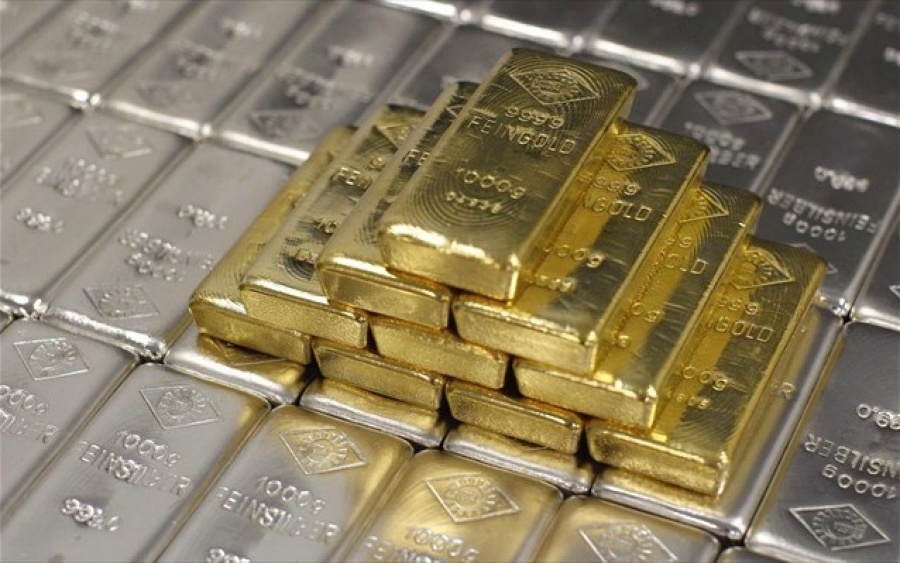τιμη ασημι is one of the ten elements of ancient times. The oldest findings date back to the 5th millennium before Christ. The Egyptian pharaohs regarded gold as a divine metal. They considered themselves to be descendants of the Sun God. Gold was a means of achieving immortality, for which reason a deceased pharaoh was wrapped in gold, i.e. the burial chamber was filled with items made from gold and silver. When Tutankhamun’s grave was excavated in 1922, the researchers found the pharaoh’s mummy surrounded by three sarcophaguses, while the inside was made of solid gold and weighed more than 108 kg.
The burial chamber featured chariots made from white gold, golden daybeds, statues and Tutankhamun’s throne, which was fully plated in gold foil. The Roman Empire was to some extent established on the basis of stolen gold and silver. Within three hundred years, the Romans managed to attain control of all known mines and deposits of the then known world. Gold and silver were a solid currency, and golden adornments and statues everywhere paid witness to the wealth of Roman life. The Romans already knew a cleaning method by smelting with lead, common salt or chalk. Gold was also one of the driving forces for Christopher Columbus to search for a new sea route to India. In the 16th century, the Spanish conqueror Hernández Cortés landed near what is today Vera Cruz and subjugated the people of the Aztecs. The king of the Aztecs, Montezuma, welcomed the Spanish with gold presents, but this, of course, only incited the greed of the Spanish all the more.
They strung the king along with lies and then murdered him and his entourage at a convenient time. They also destroyed the Aztec capital and were responsible for a terrible massacre of the population. The entire gold of the Aztecs was taken to Spain on ships. This story has been repeated in the line of history in many other variations, whether it is the murder of Inca king Atahualpa by the Spanish conqueror Pizarro in 1532, or the murder of thousands of Indians by Western settlers in the United States in the 19th century.
In the Middle Ages, alchemists tried to use transmutation from other substances to artificially create gold, which was never a success. They regarded cinnabar and mercury for a preliminary stage of the so-called “philosopher’s stone”. The idea was that this was a magic substance, which had the property of making gold from worthless metals. The alchemistic symbol of the circle initially represented the solar disk. Properties: Gold is a precious metal which shines in a golden yellow and has a high level of density. It is the most flexible of all metals, 1g of gold can be extended to a wire with a length of 3 km. The metal can be rolled out to gold leaf, which has a thickness of approx. 1 micrometre. The yellow gold leaf appears blue-green when glancing over it. Gold can be alloyed with other metals; when doing so with mercury, amalgam is created. In addition to silver and copper, gold is one of the three best conductors of heat and electrical power.



